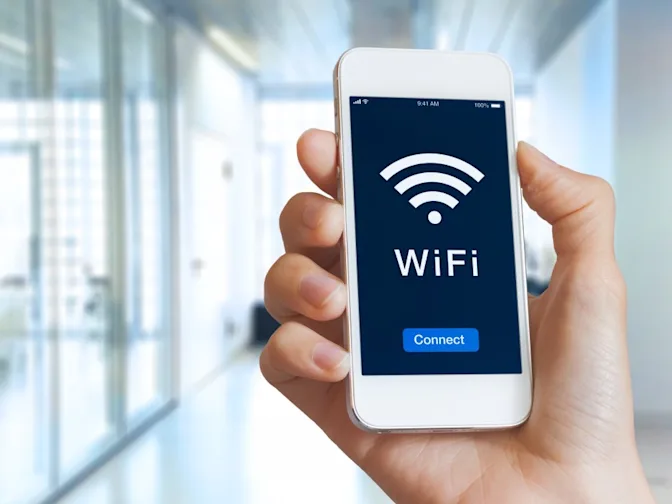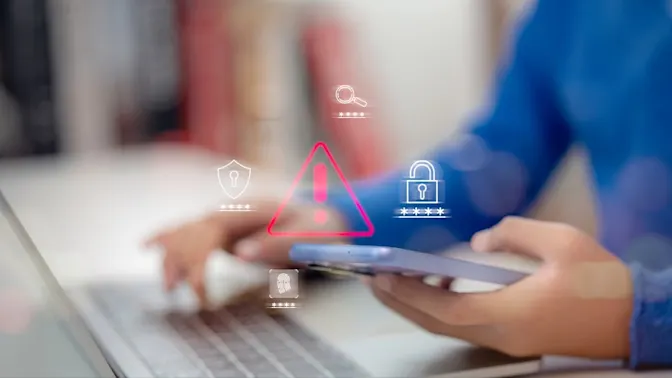
5 Dangers Hiding on Your Phone
As mobile devices become more central to our daily lives, they also become prime targets for cybercriminals. With over 280,000 new malware files detected daily, the threats are evolving quickly, putting your personal data at risk. Here are the top five security threats to your cell phone and how you can protect yourself.
1. Data Leakage

Many mobile apps cause unintentional data leakage, especially "riskware" apps that users download from official app stores. While these apps might perform as advertised, they can secretly send personal data to remote servers. Sometimes, this data ends up in the hands of advertisers or even cybercriminals. Hostile enterprise-signed mobile apps can also exploit system vulnerabilities to transfer data across networks undetected.
How to Protect Yourself: Only grant apps the permissions they need to function. Be wary of apps asking for unnecessary access to your personal information. Regularly check app permissions in your phone settings and update your device to the latest software version to enhance privacy protocols.
2. Unsecured Wi-Fi and Network Spoofing

Public Wi-Fi networks are often unsecure, making them easy targets for hackers. Cybercriminals set up fake access points with names like "Free Airport Wi-Fi" to lure users into connecting. Once connected, they can intercept your data or trick you into creating accounts and sharing passwords.
How to Protect Yourself: Avoid using public Wi-Fi for accessing sensitive information like banking or email accounts. Use a Virtual Private Network (VPN) to secure your connection whenever you need to use public networks.
3. Phishing Attacks

Phishing attacks, where scammers send deceptive messages to trick you into revealing sensitive information, are rampant on mobile devices. Since mobile users often check emails and messages in real-time, they are more likely to fall for phishing scams that appear urgent. Mobile screens also show less detail, making it easier to miss red flags like suspicious sender information.
How to Protect Yourself: Be cautious with unexpected emails or messages that request personal information. Don't click on links or download attachments from unknown sources. If you receive a suspicious message, verify its legitimacy by contacting the sender directly using a trusted method.
4. Spyware and Stalkerware

Spyware isn't always installed by strangers. It's often added by people you know — like partners, colleagues, or employers — to monitor your activity. This software, also known as stalkerware, can track your location, read your messages, and access your personal data without your knowledge.
How to Protect Yourself: Install a comprehensive security app that includes spyware detection and removal. Regularly check your device for unfamiliar apps or programs that may have been installed without your knowledge.
5. Man-in-the-Middle (MitM) Attacks
Man-in-the-Middle attacks occur when hackers intercept the data transmitted between your device and another source. This can happen on unsecured networks or through apps using unencrypted HTTP connections instead of the secure HTTPS. Attackers can eavesdrop on or manipulate your data, posing significant security risks.
How to Protect Yourself: Always use encrypted connections (HTTPS) for web browsing. Avoid entering sensitive information on websites or apps that do not use encryption. Use VPN services to add an extra layer of security when browsing or using apps over public networks.
By understanding these risks and following best practices, you can help keep your personal information secure in a world where mobile devices are increasingly targeted by cybercriminals.
References: 9 top mobile security threats and how you can avoid them | Top 7 Mobile Security Threats























